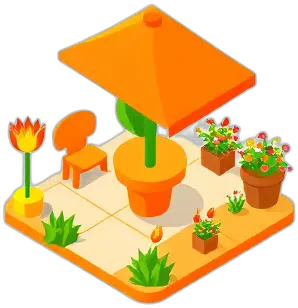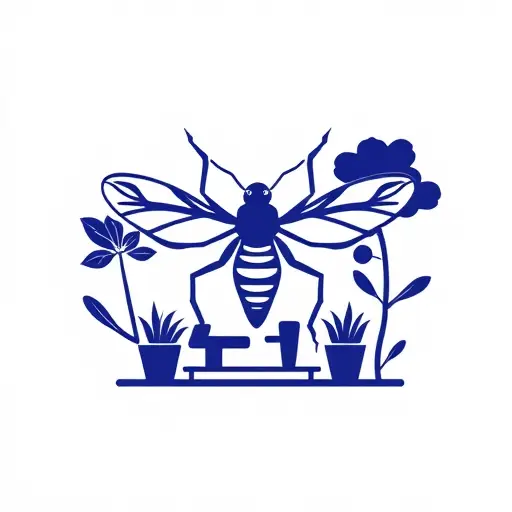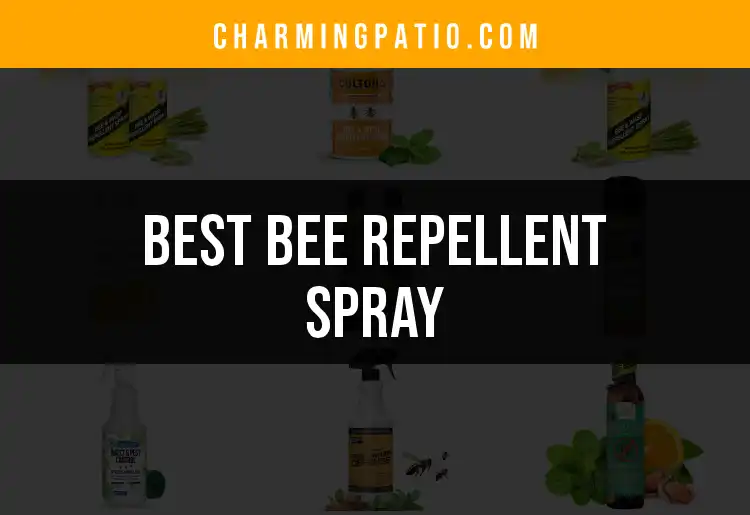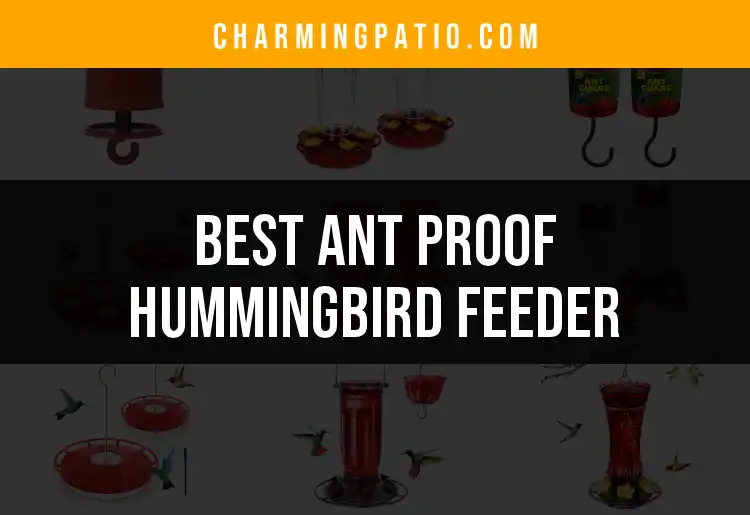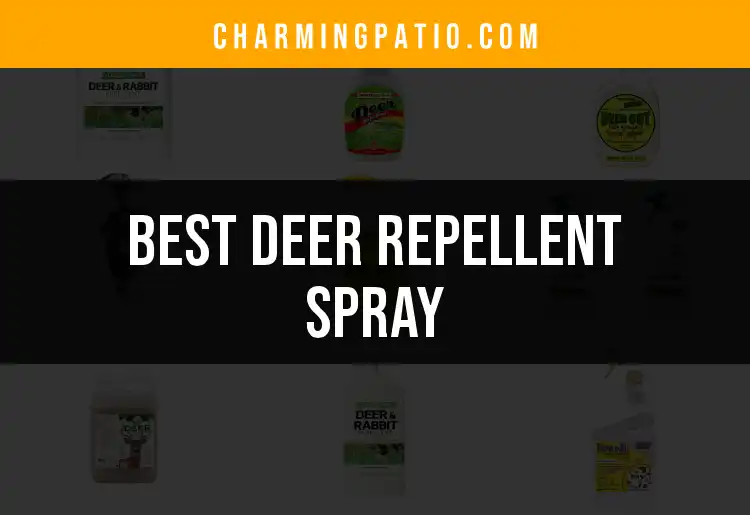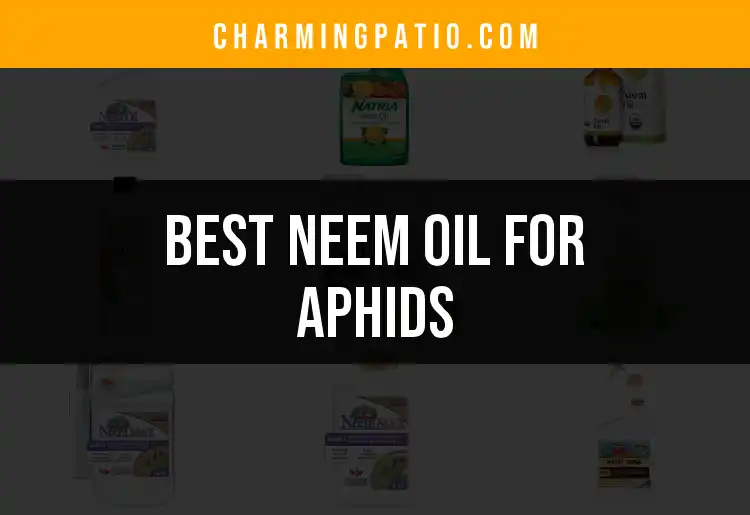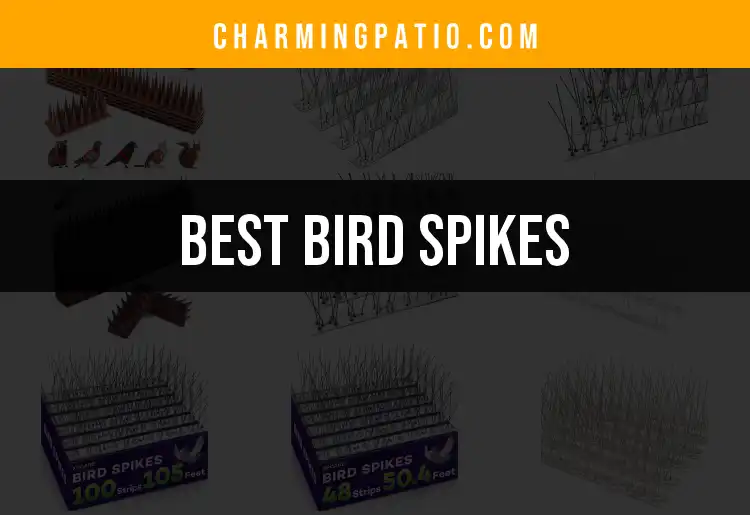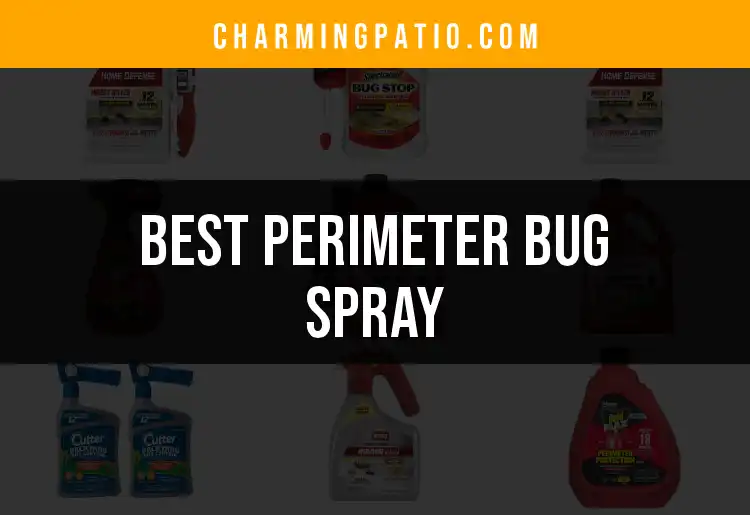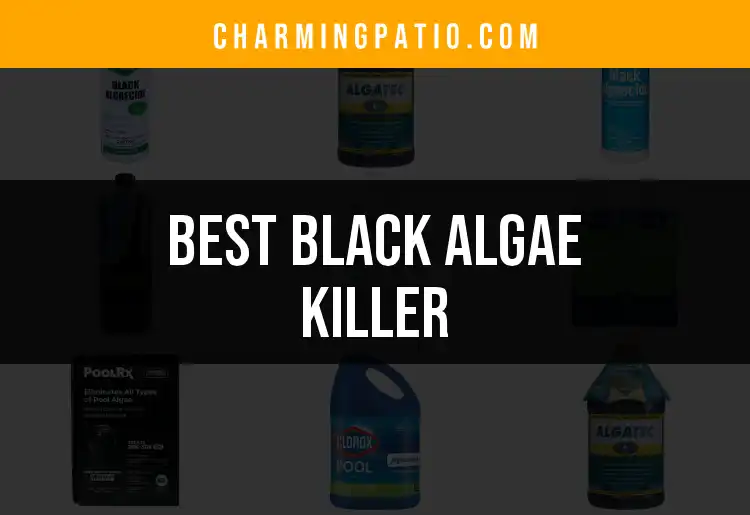Introduction to Pest Control
Maintaining a beautiful and thriving yard, garden, and patio requires a thoughtful approach to pest control. Pest management is crucial not only for the protection of your plants but also for ensuring a safe and enjoyable outdoor environment. The presence of pests can erode the beauty and productivity of your garden while potentially posing risks to other creatures, including humans.
Understanding specific pest issues and effective strategies for management is essential for gardeners and homeowners alike. This guide aims to provide comprehensive insights into pest control methods, enabling you to choose tailored solutions that best meet your needs.
Understanding Your Pest Problem
Identifying Common Yard Pests
Before you can address pest problems, it's critical to identify which pests are invading your outdoor spaces. Common pests include aphids, spider mites, and squirrels, among others. Each of these pests behaves differently and poses unique risks, so effective recognition is the first step toward control. For instance, identifying the holes in leaves may point to an infestation of beetles, while noticing burrows might indicate the presence of gophers or moles.
Being able to spot these signs early allows for proactive measures, preventing larger infestations that can lead to severe damage to your plants. This knowledge forms the foundation of your pest control strategy, making it easier to choose effective interventions.
The Life Cycle of Common Pests
Understanding the life cycle of pests is a powerful tool in pest management. For example, knowing the breeding and feeding cycles of these pests enables you to time your interventions more effectively. During certain periods, pests may be more vulnerable to control measures. For example, targeting larvae during their early life stages can significantly reduce future populations.
This knowledge can also help you recognize the most effective preventative measures, ensuring your pest control efforts are timely and impactful.
Assessing the Damage
After identifying pest presence in your yard or garden, the next step is assessing the damage they cause. Observing signs such as unusual droppings, chewed or wilting plants, or visible nests can indicate the level of infestation. Assessing this damage is crucial for two main reasons: first, it helps determine the severity of the pest problem; second, it informs your next steps.
Understanding the extent of the damage also allows you to prioritize your pest control efforts, directing your resources to areas most in need of attention, which can improve the overall health of your garden.
Natural and Organic Pest Control Methods
Benefits of Organic Pest Control
Organic pest control methods resonate with many homeowners and gardeners due to their eco-friendliness. These methods generally involve using naturally occurring substances and processes to deter pests, minimizing harm to beneficial insects and the larger ecosystem.
By adopting organic methods, you encourage a healthier garden environment, which often leads to improved plant health and productivity. Furthermore, organic practices can be safer for pets and children, providing peace of mind while you cultivate your outdoor space.
DIY Solutions
Effective DIY pest control solutions are widespread and can often be created with everyday household items. For example, vinegar is a natural deterrent that can repel various garden pests without harmful chemicals. Soap sprays, made from household liquid soaps diluted in water, can effectively combat soft-bodied insects like aphids.
Essential oils, such as neem or peppermint oil, offer a variety of scents that repel many pests while being safe for humans and pets. Exploring these natural solutions empowers you to take control of pest issues in a sustainable way. Additionally, making your own remedies can be cost-effective, reducing dependency on commercially purchased chemicals.
Beneficial Insects as Allies
Introducing beneficial insects into your garden can significantly impact pest control efforts. Ladybugs, lacewings, and praying mantises serve as natural predators to many common garden pests, effectively keeping their populations in check.
By attracting beneficial insects through companion planting or establishing habitats, you create a balanced ecosystem that naturally mitigates pest problems. This approach fosters a healthier garden environment, encouraging biodiversity that can enhance overall resilience against pests.
Animal Repellents for Yard and Garden
Overview of Animal Pests
Various animals can become unwelcome guests in your garden, causing significant damage. Common animal pests include deer, raccoons, and rabbits, which can not only feast on your plants but also disturb soil and create a mess.
Understanding the specific animal pests affecting your garden is key to implementing the right strategies. Knowing how to recognize their signs and behaviors allows you to prepare your defenses effectively while ensuring you employ humane and ethical deterrence methods.
Choosing the Right Animal Repellent
Selecting the appropriate animal repellent is essential for effective management. Various repellents exist, ranging from chemical to natural solutions. You might want to explore some of the best animal repellent options for your yard to determine what fits within your garden care strategy.
Chemical repellents may offer immediate results but can pose risks to beneficial wildlife and pets, leading many gardeners to explore more sustainable, natural alternatives. Understanding the pros and cons of each category helps you make informed choices that fit your values and ecological goals.
Types of Animal Repellents
Animal repellents can generally be classified into two major categories: chemical and natural solutions. Chemical options might provide quick results for urgent problems, but they can come at a cost to your local ecosystem. On the other hand, natural repellents, such as garlic sprays or hot pepper solutions, tend to be safer for wildlife while offering control over uninvited garden visitors.
Finding the right balance between effectiveness and environmental responsibility is crucial. As you consider your approach, you may want to engage in techniques that promote a healthy ecosystem while keeping your garden safe.
Insect Control Solutions
Cluster Flies
Cluster flies are a common nuisance that may invade homes and gardens, particularly during their breeding season. These flies don’t just annoy; their presence can indicate broader issues with pest control in your garden setup. To effectively manage them, utilizing solutions like the best cluster fly trap can help control their population during peak seasons.
Selecting the right trap will not only keep your space cleaner but also reduce the chances of these flies causing larger infestations. Understanding when and where cluster flies are likely to breed can further enhance your effectiveness in managing them.
Black Widows
Black widow spiders bring serious concern due to their venomous bites. Knowledge of their habitats and potential hiding spots is critical for homeowners looking to protect themselves and their loved ones. You can find a variety of recommended insecticides specifically designed to eliminate these spiders in our article about the best insecticide for black widows.
Implementing these recommendations can significantly reduce the risks associated with black widow encounters while promoting a safer outdoor space.
Carpenter Bees
While carpenter bees may seem harmless, they can cause significant damage to wooden structures around your home and garden. Every spring, female carpenter bees bore holes into wood surfaces to lay eggs, which can compromise the integrity of wooden decks, fences, and even homes. To deter them, you can explore effective products mentioned in our review of the best carpenter bee repellent.
Being proactive with carpenter bee prevention is vital; preventing these pests from establishing a presence can save you from costly repairs down the road.
Box Elder Bugs
Box elder bugs tend to invade homes during the fall months, seeking warmth and shelter. These bugs can infest your garden and home, creating unsightly messes. The damage they may cause to young plants can hinder overall growth. Consider exploring the best box elder bug sprays to mitigate this issue effectively.
Using targeted sprays not only helps control the existing population but can also prevent future infestations, ensuring the well-being of your plants and comfort in your home.
Protecting Your Garden Produce
Fruit Protection Strategies
When it comes to a fruitful harvest, protecting your fruits and vegetables from pests is vital. Employing protective methods such as using fruit protection bags can provide essential barriers against insects and larger animals that may threaten your garden.
These bags not only shield your ripening fruit but also allow air circulation, ensuring that your produce is not only safe but also able to grow healthily. Being proactive in protecting your harvest helps maximize yields and reduces waste, allowing you to enjoy the fruits of your labor fully.
Insect Netting
Utilizing insect netting serves as an effective barrier against pests while still permitting sunlight, air, and rain to reach your plants. This creates a controlled environment conducive to healthy growth while minimizing the risks posed by unwanted insects. You can find optimal setups and recommendations in our guide to the best insect netting for gardens.
Implementing insect netting can help prevent infestations before they start, facilitating a smoother growing season and enhancing your garden's overall productivity.
Rodent and Small Animal Control
The Trouble with Squirrels
Squirrels can be entertaining to watch, but they can quickly turn into nuisances when they invade your garden. They tend to dig up bulbs and raid bird feeders, leading to frustration among gardeners. Investing in an ultrasonic squirrel repeller may provide an effective solution to deter them.
These devices utilize high-frequency sounds that are unpleasant for squirrels, driving them away without harming them. Alternatively, if you find your garden space larger and more challenging to cover, consider exploring the outdoor ultrasonic squirrel repeller designed for expansive areas.
Copperhead Snakes
Copperhead snakes can pose a significant risk and are indeed frightening to encounter. Understanding how to effectively deter them is crucial for your safety and enjoyment of outdoor spaces. Explore the various strategies and solutions available in our article discussing the best snake repellent for copperheads.
Investing time in learning about these repellents can help ensure a safer environment for you and any pets you may have, helping you enjoy your garden without fear.
Trapping Armadillos
Armadillos are notorious for their foraging habits and burrowing behaviors, which can significantly damage gardens and lawns. Recognizing the signs of armadillo activity—such as disturbed soil or surface burrows—enables effective trapping. You can find thoughtful recommendations on the best armadillo traps that will aid in controlling these animals humanely.
Using effective traps can not only safeguard your garden but can also maintain the balance between wildlife and human habitation, ensuring both can coexist harmoniously.
Advanced Pest Control Techniques
Fogging for Mosquito Control
Mosquitoes can ruin any outdoor experience, transforming tranquil evenings into annoying encounters. Implementing fogging techniques in your garden can help control their populations effectively, ensuring a more pleasant environment. For top recommendations and insights, refer to our review of the best yard mosquito fogger.
Using mosquito foggers allows you to create safe outdoor spaces for gatherings or relaxing evenings, making your yard a more inviting place.
Outdoor Foggers for Flies
Managing fly populations in outdoor settings can be challenging, especially in areas with high organic matter. Outdoor foggers offer a solution, providing broad-spectrum control over flies and other pests. For a comprehensive assortment of top choices, refer to our guide on the best outdoor fogger for flies.
A well-chosen outdoor fogger can help maintain a clean and welcoming space, facilitating enjoyable outdoor experiences with family and friends.
Fly Sprays for Barns
For those who maintain barns, utilizing effective fly sprays tailored specifically for barn environments is essential. Barn spaces can face unique pest challenges due to the presence of livestock and organic waste. You can discover effective solutions in our review of the best fly spray for barns.
Keeping flies at bay enhances the health and welfare of your livestock while ensuring cleanliness of the barn space, making it more pleasant for both animals and humans.
Bird Control in Gardens
Grackles and Their Impact
Grackles can be particularly damaging in gardens, known to consume seeds and prey upon plants. Their presence can quickly escalate from a nuisance to a serious pest problem. You might find it useful to explore options for a grackle-proof bird feeder designed to keep these birds from raiding your garden.
By utilizing effective feeding strategies, you can minimize grackle interactions while still attracting more desirable bird species that contribute positively to your garden ecology.
Deterring Larger Birds with Decoys
Bird decoys can serve as clever tricks to deter larger birds from invading your garden. An effective strategy is using an owl decoy for birds to instill fear in smaller birds and help maintain a healthy population balance.
If squirrels become an issue, consider an owl decoy for squirrels that can help diminish their presence. These decoys can be surprisingly efficient when properly positioned to mimic the natural presence of predators.
Hawk Deterrents
Larger birds, such as hawks, can pose a threat not only to your smaller birds but also to other garden creatures. When these birds begin nesting or frequenting your garden area, deploying various deterrents can be useful in keeping them away. Explore recommendations regarding the most effective products in our article on the best hawk deterrent.
Managing hawk presence ensures a safer habitat for the smaller wildlife you wish to encourage in your garden while maintaining a diverse ecosystem.
Control and Prevention of Ground Pests
Gophers and Their Impact
Gophers can create significant issues with their tunneling and feeding habits, causing extensive damage to root systems and thereby threatening the integrity of your garden. Signs of gopher activity often include raised mounds of soil or disturbed patches in your garden. To better manage gopher infestations, explore the insights available regarding gopher bait applicators, which can simplify the process of baiting and trapping these troublesome pests.
Implementing appropriate measures to manage gophers not only safeguards your plants but also helps preserve the aesthetics of your lawn.
Moles and Trap Reviews
Moles can be equally problematic; their tunneling can create unsightly mounds across your lawn and lead to significant damage. Moles, similar to gophers, require targeted strategies for effective control. For options and product recommendations, check our comprehensive reviews of the best mole traps.
Investing in effective traps can help manage mole populations and maintain the integrity of your yard while ensuring overall landscape health.
Creating a Pest-Free Environment
Long-term Pest Prevention Strategies
Creating a pest-free environment requires more than just reactive measures; proactive steps are essential for long-term success. Regular maintenance, such as cleaning up debris, establishing proper drainage, and ensuring healthy vegetation, can deter many pest populations before they become larger problems.
These preventative strategies not only support the health of your garden but also foster sustainable gardening practices that promote biodiversity and resilience.
Educating Others
Educating family, friends, and neighbors about effective pest control strategies bolsters community efforts to manage pests responsibly. Sharing knowledge helps to enhance local gardening while creating a collective understanding of best practices. When communities work together, the impact of pest management can be amplified, leading to healthier gardens for everyone.
Monitoring and Adjustments
Continuous observation of your outdoor environment is vital in detecting new pest problems early on. Regularly inspecting your plants and monitoring their health helps ensure that you can catch issues before they escalate into larger problems. Keeping a close eye on pest presence also allows you to adapt your strategies and adjust your interventions as needed, ensuring optimal garden health.
Conclusion
Pest control in your yard, garden, and patio encompasses a multifaceted approach requiring knowledge, proactive measures, and effective interventions. By understanding specific pest challenges and implementing diverse and tailored strategies, you can create a thriving outdoor environment that's both pleasant and productive.
Equipped with insights from this guide, embark on your journey toward a pest-free garden, making meaningful choices that enhance your outdoor experience and contributing positively to the larger ecosystem. With diligence and care, a beautiful, harmonious garden awaits.
